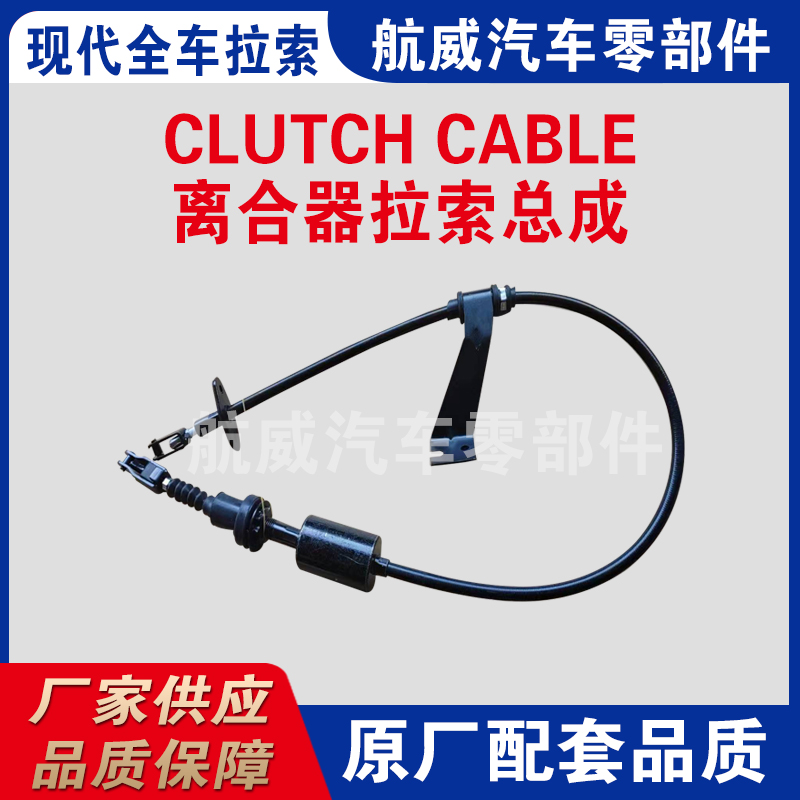Adjusting the Throttle Cable on Your Push Mower for Optimal Performance
Understanding the Push Mower Throttle Cable A Comprehensive Guide
When it comes to maintaining a healthy and beautiful lawn, a push mower is an essential tool for many homeowners. One critical component of a push mower is the throttle cable, which plays a significant role in controlling the engine's speed and, consequently, the mower's efficiency. In this article, we will explore the importance of the throttle cable, how it works, common issues, and tips for maintenance.
What is a Throttle Cable?
The throttle cable is a vital link between the mower's throttle control (usually a lever or handle) and the engine's carburetor. Essentially, this cable allows the operator to adjust the engine's RPM (revolutions per minute) while mowing, impacting the mower's cutting speed and power. A properly functioning throttle cable ensures that the mower operates at its optimal speed for the task at hand.
How Does the Throttle Cable Work?
The operation of the throttle cable is relatively straightforward. When you pull or push the throttle control, you are effectively changing the position of the throttle plate within the carburetor. This adjustment allows more or less air and fuel mixture into the engine, thereby controlling its speed. For instance, pushing the throttle lever forward generally increases the engine speed, providing more power for tougher mowing conditions, while pulling it back decreases the speed for lighter tasks or when you need more control.
Common Issues with Throttle Cables
Over time, like any mechanical component, throttle cables can face wear and tear, leading to various issues
1. Fraying or Breaking Continuous use can lead to the cable becoming frayed or even breaking. A broken throttle cable will prevent the engine from operating correctly, and the mower may not start or may run at full speed without the ability to adjust.
2. Sticking or Jamming Dirt, rust, or debris can cause the throttle cable to stick, making it difficult to control the engine speed. This can lead to inconsistent mowing performance and can be dangerous if the mower suddenly accelerates.
push mower throttle cable

3. Adjustment Issues Sometimes, the throttle cable can become misadjusted, leading to poor performance. For example, if the cable is too tightly pulled, it may not allow the engine to idle properly, causing the mower to stall.
Maintenance Tips for Your Throttle Cable
To ensure your push mower runs smoothly, regular maintenance of the throttle cable is crucial. Here are some tips
1. Inspect Regularly Periodically check the throttle cable for signs of wear, including fraying or rust. Address any issues before they escalate.
2. Clean and Lubricate Keeping the cable clean and adequately lubricated will help prevent sticking and ensure smooth operation. Use a light oil and avoid using too much, as it can attract dirt and debris.
3. Adjust as Needed If you notice that the throttle control feels loose or unresponsive, it may require adjustment. Consult your mower’s manual for instructions on proper adjustments.
4. Replace When Necessary If your throttle cable is beyond repair, replacing it is usually a straightforward process. Replacement cables are often available at lawn equipment stores or online, and most models come with detailed instructions for installation.
Conclusion
The throttle cable is an integral part of your push mower, playing a significant role in ensuring optimal performance. By understanding its function and maintaining it properly, you can enhance your mowing experience and prolong the life of your equipment. Whether you are tackling a small garden or a larger lawn, keeping your throttle cable in good condition will help you achieve the best results. Remember, regular maintenance is key to a healthy mower – and a healthy lawn!
-
Workings of Clutch Pipe and Hose SystemsNewsJun.04,2025
-
The Inner Workings of Hand Brake Cable SystemsNewsJun.04,2025
-
The Secrets of Throttle and Accelerator CablesNewsJun.04,2025
-
The Hidden Lifeline of Your Transmission Gear Shift CablesNewsJun.04,2025
-
Demystifying Gear Cables and Shift LinkagesNewsJun.04,2025
-
Decoding Clutch Line Systems A Comprehensive GuideNewsJun.04,2025
